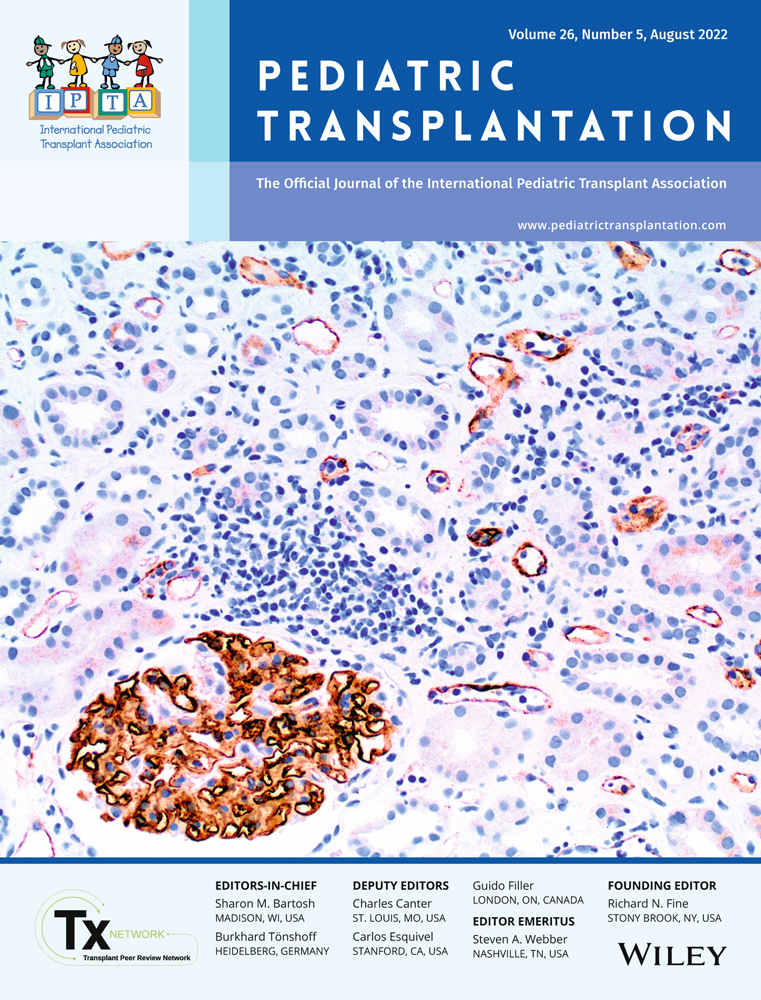Accuracy of noninvasive fibrosis scores in predicting advanced fibrosis in pediatric patients after liver transplantation
Abstract
Background
Liver biopsy is the gold standard to stage fibrosis in liver disease. Several scoring systems have been studied to predict advanced fibrosis in liver disease. Those scores have not been validated in pediatric liver transplant patients.
Aim
Evaluate the performance of three fibrosis scores (FSc) in assessing the presence of advanced fibrosis (AF) in children after orthotopic liver transplantation (OLT).
Methods
Patients < 20 years of age who underwent liver biopsy post-OLT with laboratory values within 1 month of the biopsy were included. Fibrosis was determined by an experienced pathologist (F0-4). We defined AF as F3-4. The following FSc were calculated: AST/ALT ratio, APRI, and FIB-4 index. Receiver operating characteristic curve analysis was done to assess the FSc performance in predicting AF.
Results
A total of 232 biopsies were analyzed, of those 42 (18.1%) showed AF (F3-4). FIB-4 was significantly higher in patients with AF compared to those without AF [median value of 1.1 [0.7, 3.0] and 0.6 [0.2, 1.4], respectively (p = .02)]; however, FIB-4 had satisfactory accuracy to diagnose AF with significant overlap and AUC of 0.68 (CI 0.56–0.81). Cutoff points of 0.2 and 3.03 were used to rule in and rule out AF, respectively. AST/ALT and APRI were not significantly different between patients with and without AF.
Conclusion
Even though FIB-4 had satisfactory accuracy in detecting AF in pediatric transplant patients, noninvasive hepatic FSc developed in adults still performed poorly. Our results highlight the need to develop a reliable pediatric FSc.
CONFLICT OF INTEREST
None to declare.
Open Research
DATA AVAILABILITY STATEMENT
Not applicable.




